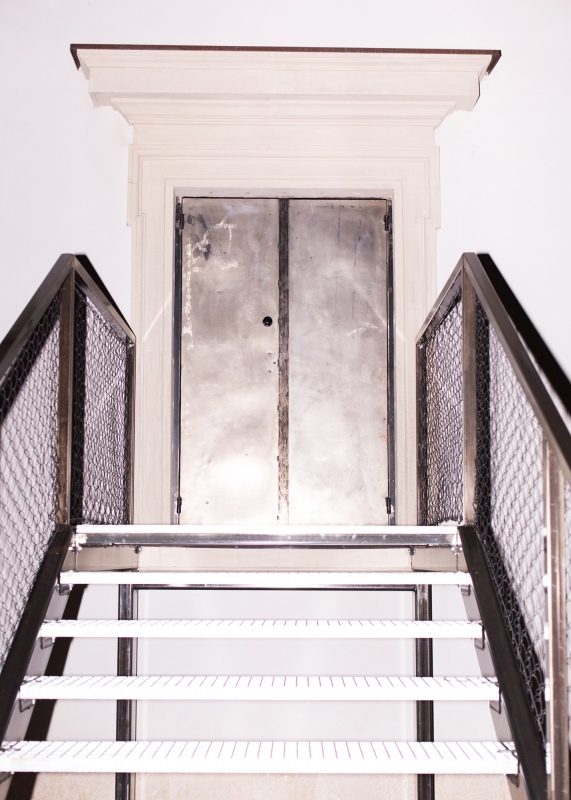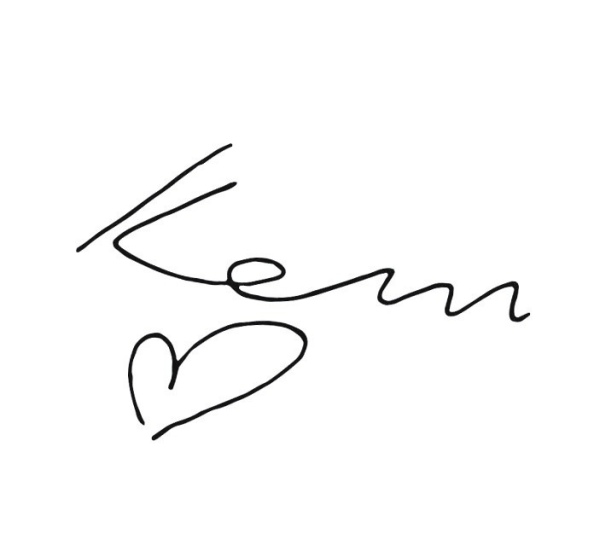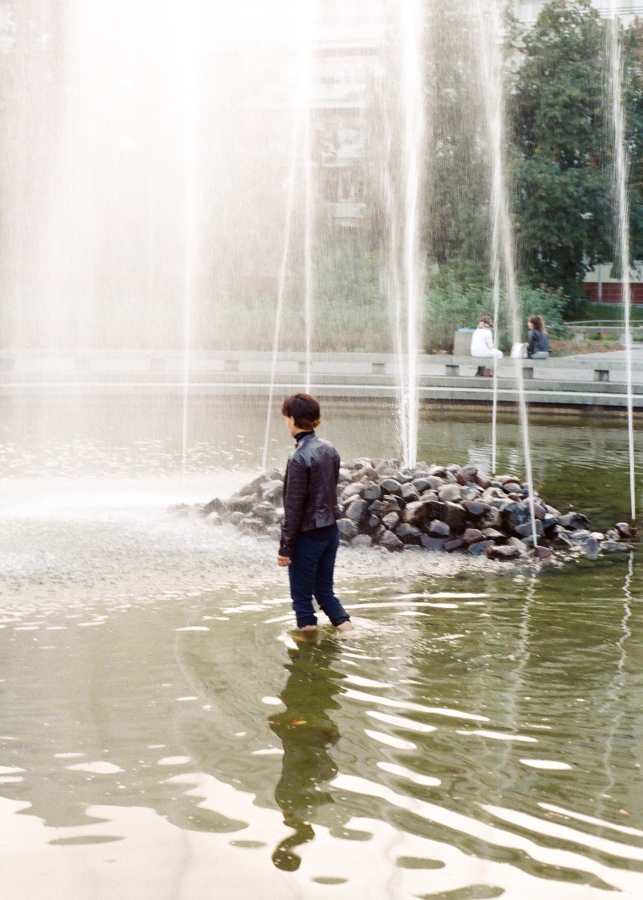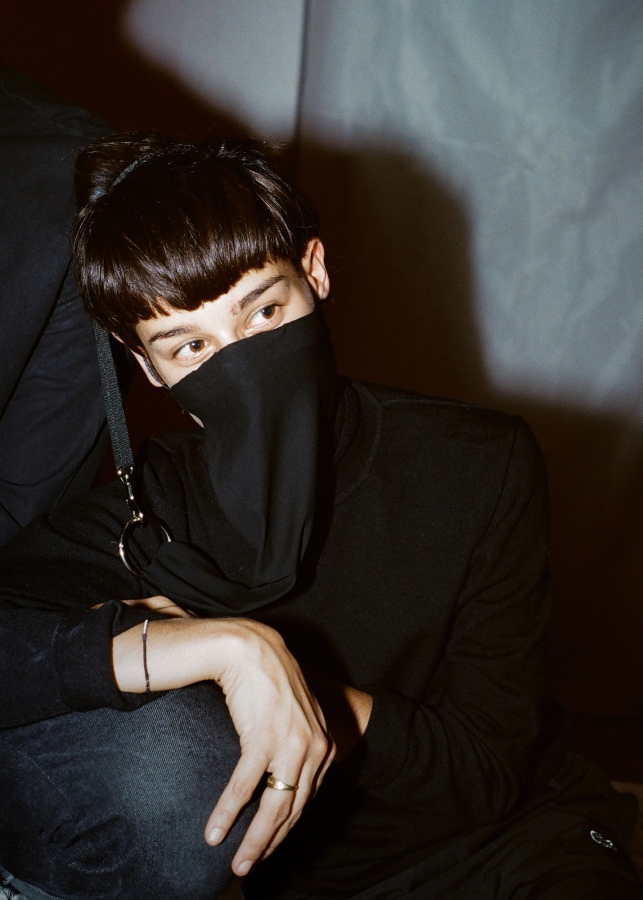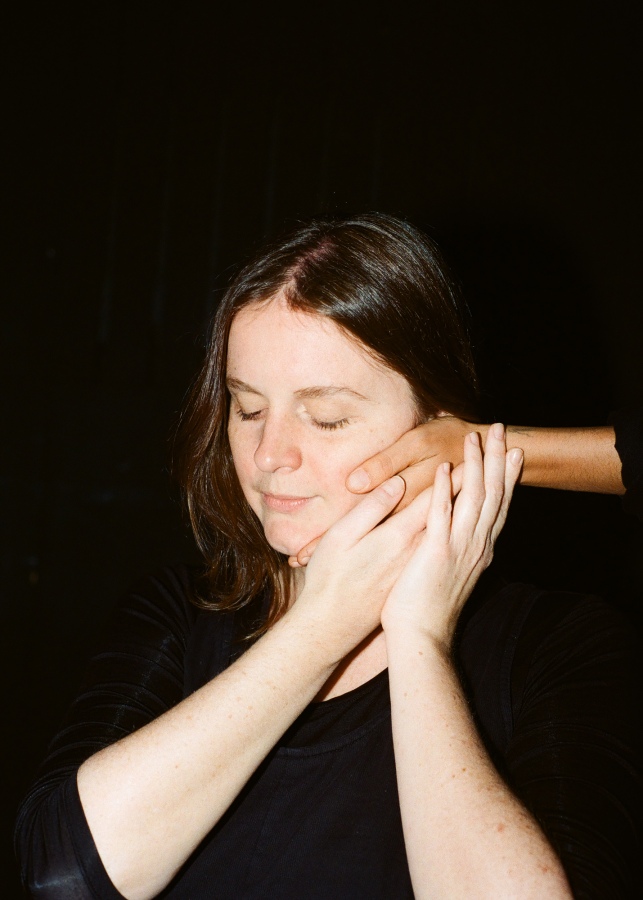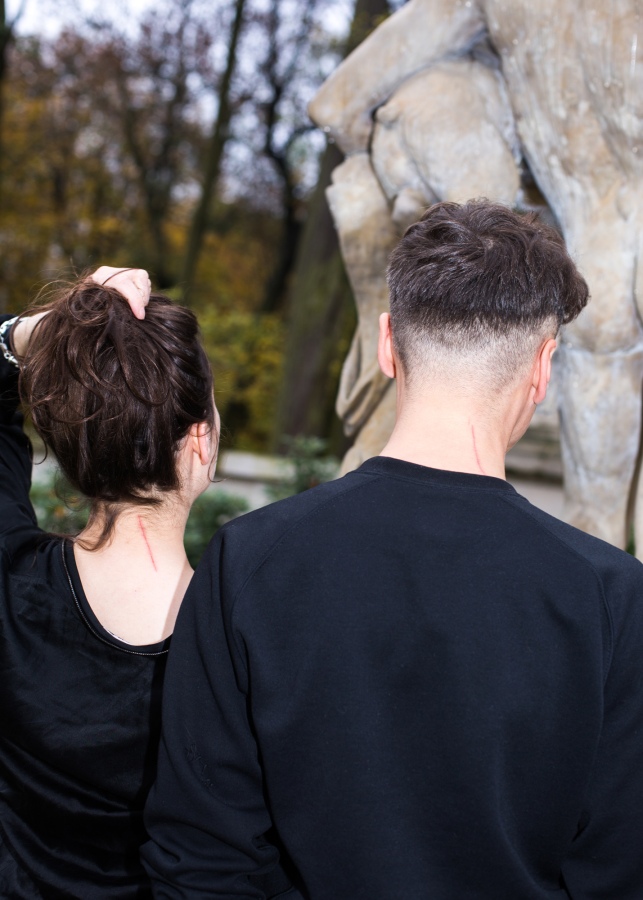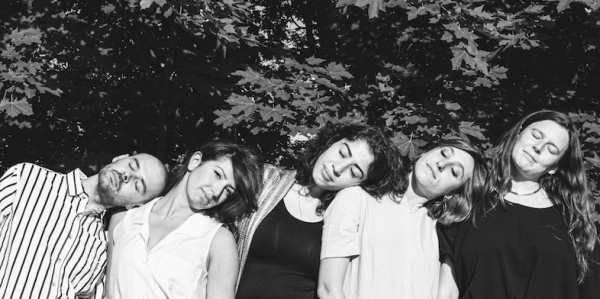Infrastructure of friendship
Kem in conversation with Alek Hudzik
-
I haven’t seen any interviews with you yet, so I can ask you this question: what is Kem?
- Kem is a feminist and queer collective with an expanded choreographic practice, which means that we combine and experiment with various formats, such as workshops, live performances, events, discussions, parties and other forms of engagement. Kem emerges through a process of collaboration and critical engagement with the politics of embodiment, affect and subjectivity, in relation to collectivity and queer and feminist experimentation. At the moment, Kem’s core organising team consists of four members, but we cooperate with a wider group of collaborators.
-
Are the names of these four people important?
- It is important for us to emphasize the collective effort of our actions. However, we are not anonymous and the individual contributions and experiences that each of us bring into this collaboration are important.
-
-
In this aspect, Kem is unique in the Polish scene, especially the visual arts. What else makes you different?
- Perhaps what is specific to Kem is a certain hybridity and fluidity, the fact that we operate at the meeting point of various media and forms of queer and feminist engagement - mobilising and mixing such areas as art production and presentation, critical engagement, activism, education, the club.
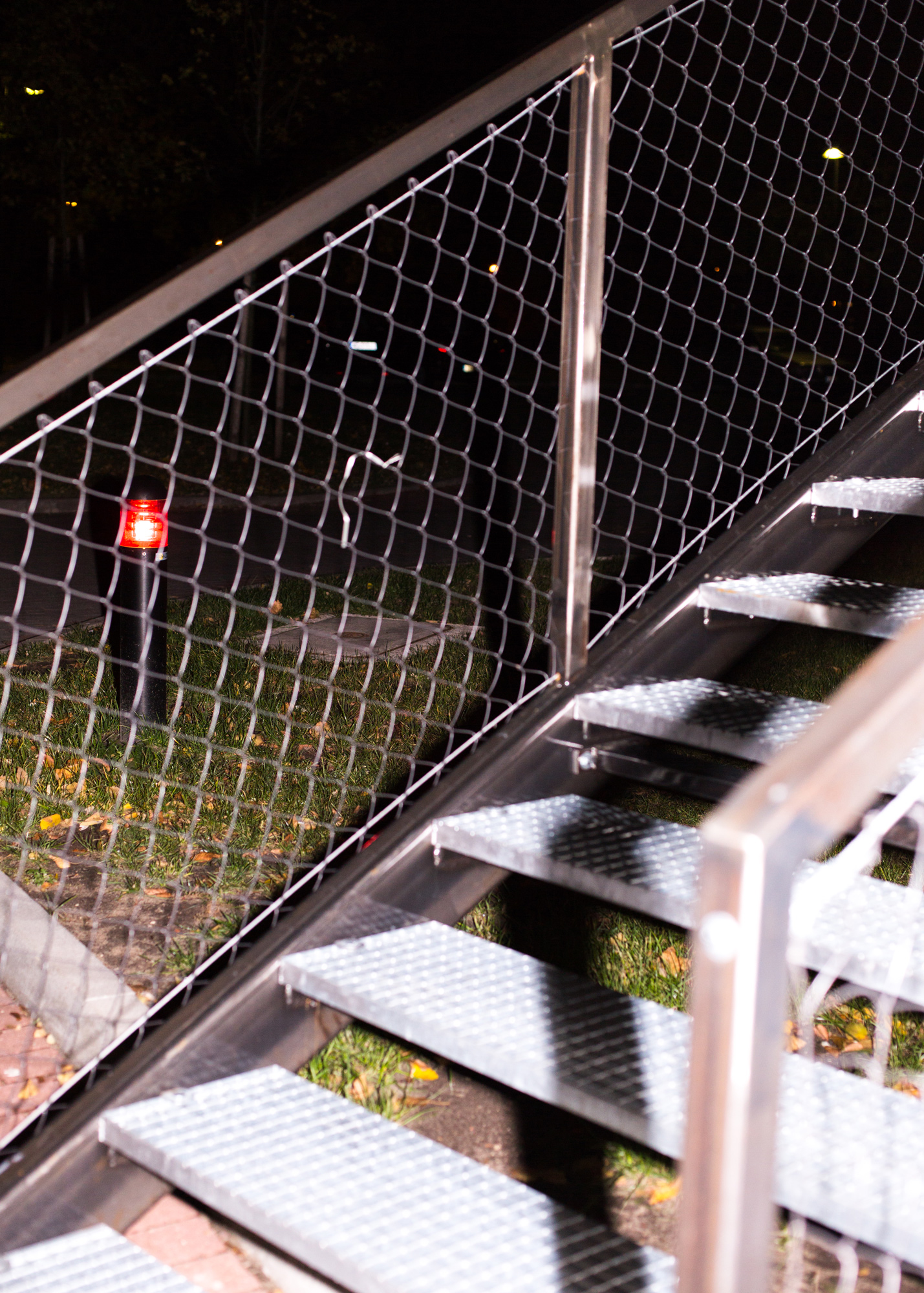
-
Photo by Karolina Zajączkowska
-
-
What do your members have in common?
- We share a desire to be involved in making conditions for experimentation and sensual and critical processes. We all have a willingness to look for ways of responding to the current socio-political situation. And an attempt to create an alternative institution, based on a model of friendship. We call it an infrastructure of friendship.
-
What is an infrastructure of friendship?
- It is a search for an alternative model of cooperation, but also, more broadly, of functioning in the reality. We try to ensure that our work develops in conditions of mutual care. We have the impression that only in such conditions can we create a safe space where different people can meet, work, have fun, and share their experiences and commitment. It is a conscious creation of conditions for strengthening relations and building a community. Of course, this is not an easy task - in fact, we are constantly learning how to work according to this alternative model.
-
The result is Dragana Bar, for example. Tell us more about the project.
- Dragana Bar is a nomadic queer club. For us, such places are an essential part of the ecology of the queer and artistic environment. Although in recent years there have been many interesting, independent initiatives and events, Warsaw still lacks safe queer club spaces. Dragana is an answer to this lack.
-
Would you consider Dragana an artistic project?
- In our practice, artistic, curatorial, and activistic activities are all interwoven with each other. We focus not on defining them, but on the goal of strengthening the queer community and creating space for experimentation and queer pleasure. Dragana Bar started as part of our residency in the Ujazdowski Castle, but it extends beyond this context and function as a nomadic bar. For example we recently launched Dragana during Pomada Festival.
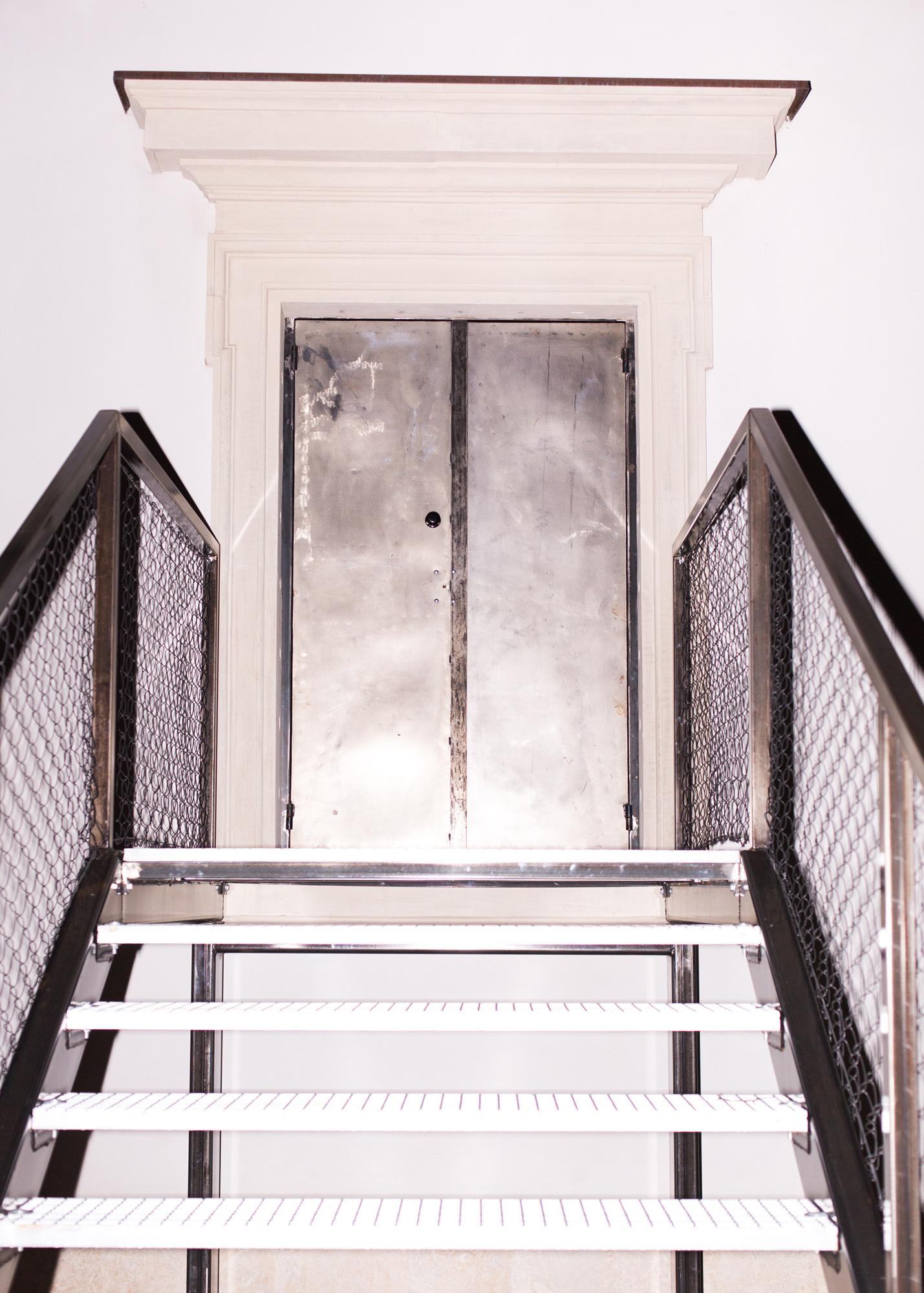
- Photo by Karolina Zajączkowska
-
In the photos, your faces are replaced by the stairs to Dragana Bar. Why?
- The stairs were our architectural intervention in the Castle, necessary to create an autonomous space inside the institution. This intervention was both practical and symbolic, its an example of how a simple gesture can open and change space in an unexpected way. Dragana would not have been possible without them stairs. The independent entrance also enabled us to open this space outside the usual working hours of the institution.
-
Responsibility is an important element of your practice.
- For us, responsibility for the community we are part of is very important. We put a lot of energy into collective processes, although of course we do not always succeed in it. Devising a system of work in fluid and hybrid conditions can be much more demanding than when you have a clear hierarchy and hard institutional relations.
